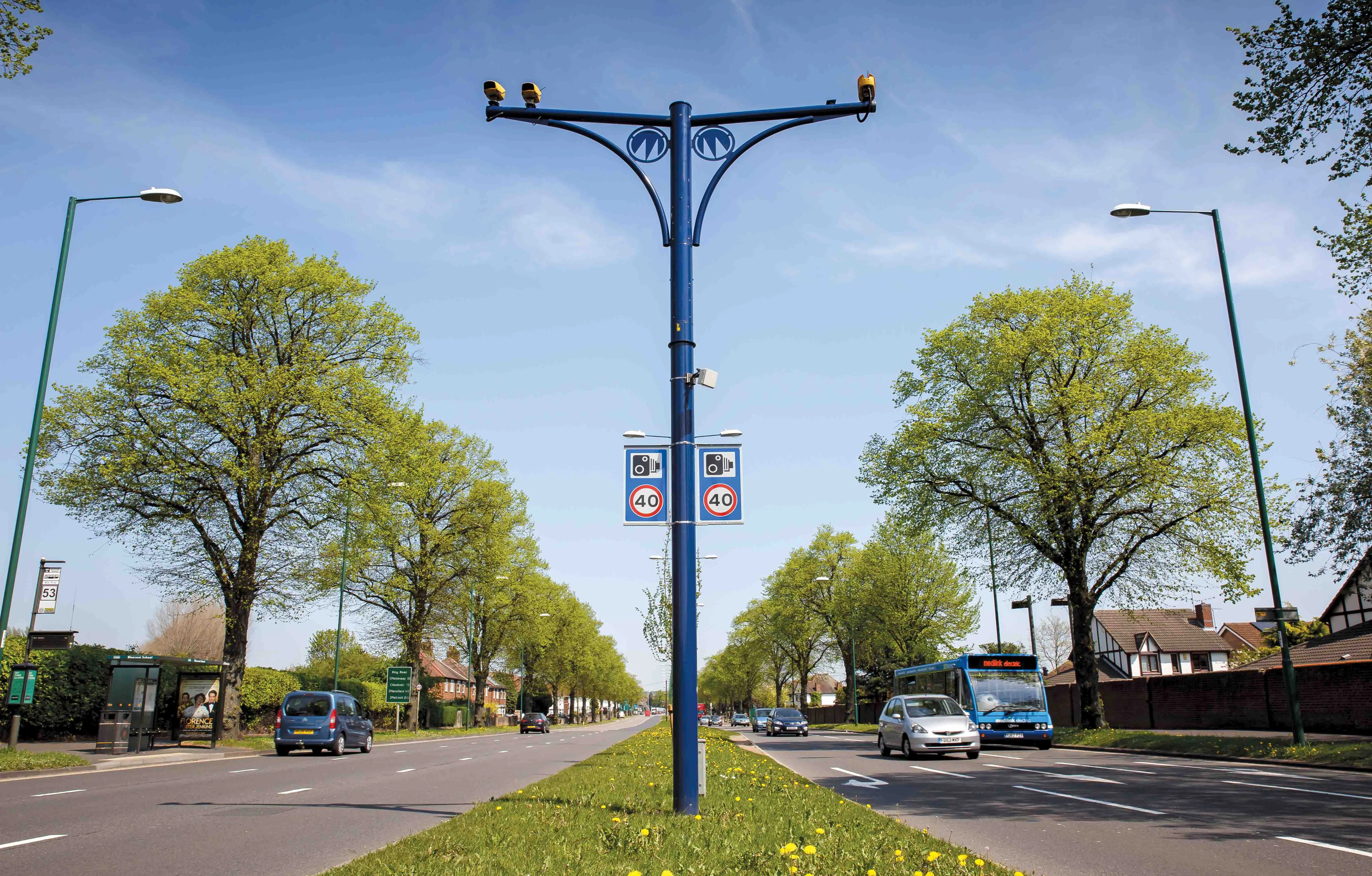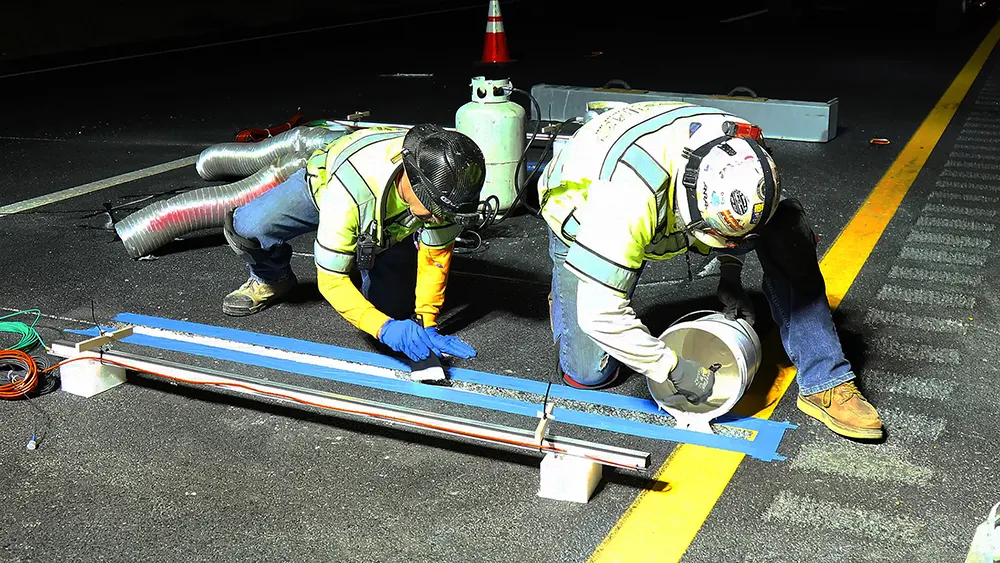
Big brother is watching you. Speed cameras are just a cash cow for local authorities. Police use them to keep their speeding ticket statistics high. The list of suspicions goes on. But there is nothing suspicious about road deaths, says Philip Wijers, chairman of the sub-committee on enforcement at the US-based International Road Federation (
“Public-private partnerships for road traffic law enforcement systems are first and foremost about saving lives,” says Wijers, who is also director of government affairs for
Issues of fairness and confidence in the system - as well as who gets how much traffic violation money - are paramount. This is why the IRF recently published what it believes is the first set of best practice guidelines anywhere for implementing what is called an automated traffic enforcement public-private partnership (PPP or P3).
In most countries traffic enforcement cameras and other road safety equipment are purchased, owned and operated by government organisations. However, the past two decades have seen a wave of private companies contracted to not only install the systems, but also run them as back-office functions for local authorities and police.
While the white paper sets out best practice for implementing PPPs, it does not suggest that there is a one-size-fits-all solution to reduce traffic deaths, explains Brendan Halleman, director of international programmes and advocacy at the IRF. It simply flags up issues that have been noted as very important by the many people whom the IRF consulted in putting the paper together.
Automated enforcement uses cameras to determine road speed, be it at a particular point on a road or an average speed camera calculated over a set distance between two cameras. It also covers imagery at intersections and other road junctions where drivers jumping red or amber lights cause safety issues.
It also covers speed cameras that are in vehicles travelling around, a kind of roving speed camera. Ireland is one country that is using the roving camera in marked and unmarked vehicles, either with or without a law enforcement officer inside, says Halleman. In the US, too, camera use is increasing at a rapid rate.
Many police authorities and local governments are having to make cuts and use their time more efficiently. “They are looking to cutting back on the size of their police forces and are taking a hard look at some of the process that can be outsourced,” says Halleman. “Some activities such as checking seatbelts and random checks for drugs and driving will remain under manual control. But speed management technology is now relatively mature and lends itself well to automation.”
In many western countries, there is a more developed regard for the integrity of the police when it comes to issuing traffic violation tickets. But in other countries, this may not be the case. That is why the IRF’s white paper comes at the right moment, says Wijers.
More and more interest in automated law enforcement is being shown by countries in Latin America and Africa. Governments in these areas are possibly cash-strapped so large investment in camera systems and operating them is a concern.
But there is also an issue – a big issue - about the integrity of the police. Enforcement of traffic violations has not always been done in an ethical manor, he explains. An automated system, if implemented properly, could boost public confidence in enforcement in how the police carry out traffic violation duties.“A PPP is not an effort to do away with the police,” says Wijers. “A private party cannot issue a violation. It operates only when there is an official who has the legal right to approve a violation. The private party can only process evidence so it can be seen by the police.
“Only after confirmation by an enforcement officer is the violation validated and then a notice of penalty sent out to the violator. It makes police forces more efficient. This automation allows the police to focus on road safety issues that cannot be automated,” says Wijers. n
*The International Road Federation is a global not-for-profit organisation based in Washington, DC and supported by regional offices throughout the world. The White Paper "Public Private Partnerships in Traffic Safety Enforcement" is available free for download at http://knowledge.irf.global/
Automated Traffic Enforcement PPP – basic elements:
• A study should be concluded to identify the intersections or road sections that have a history of injuries or fatalities with the aim to improve road safety at these sites. Aside from safety cameras, a range of road safety countermeasures should evaluated;
• A private party, either a supplier or a third party, would supply safety cameras at no upfront charge to the public party - a municipality, county, province, state or central government. The third party would issue tickets and collect fines for traffic violations recorded by the safety cameras;
• No fines may be issued unless an authorised official has verified the offence after viewing the image or video of the incident;
• The third party would recover its investment by receiving a capped share of the violation revenue. The cap should not prevent the private party from issuing further tickets. This means a reasonable per ticket fee would cover the private party’s additional costs once the cap is reached;
• An independent third party would formally approve the camera system for use and routinely inspect and calibrate each camera to confirm legal measurement and performance levels;
• An independent party should also monitor, inspect and verify the enforcement process - from violation registration to fine collection - to ensure it operates according to agreed performance and integrity indicators;
• A public campaign should be mounted declaring road safety improvement is the sole objective of the operation and all revenue will be reinvested only in road safety projects, with the exception of expenses incurred by private parties.
Decade of Action 2011-2020
In March 2010, the United Nations General Assembly proclaimed the Decade of Action for Road Safety 2011–2020. The goal is to stabilise and reduce road traffic deaths globally which could translate into saving 5 million lives, according to the
In the WHO’s 2009 Global Status Report on Road Safety, nearly 1.3 million people die on the road every year and up to 50 million are injured. More than 90% of road traffic deaths and injuries occur in low-income and middle-income countries, which have only 48% of the world’s registered vehicles. If no action is taken, WHO estimates that road traffic deaths could reach 1.9 million people annually by 2020.
RSS








